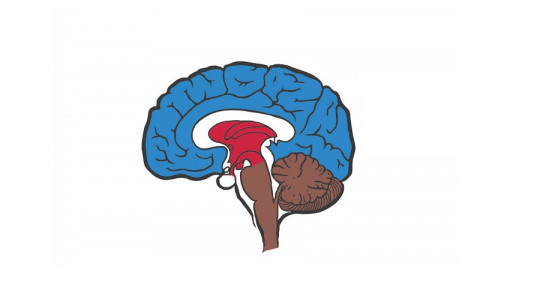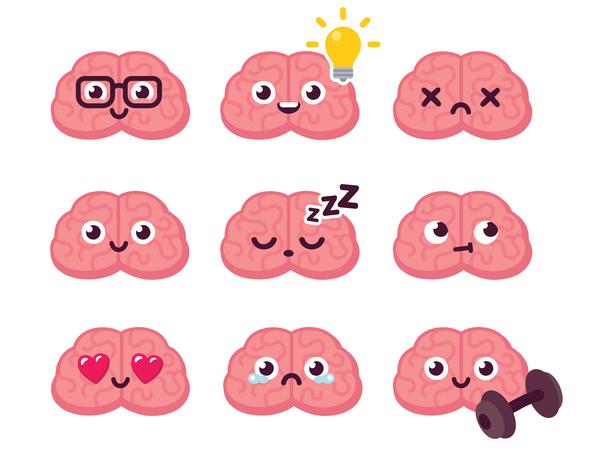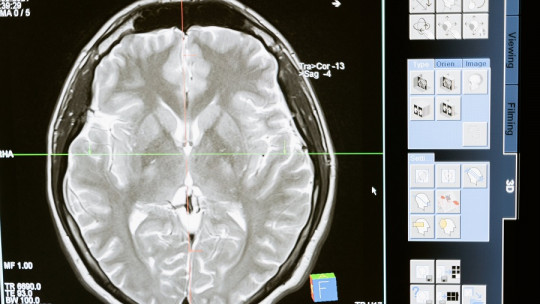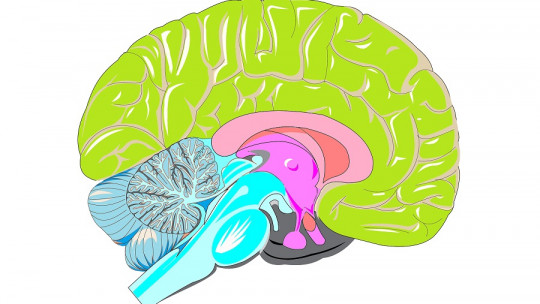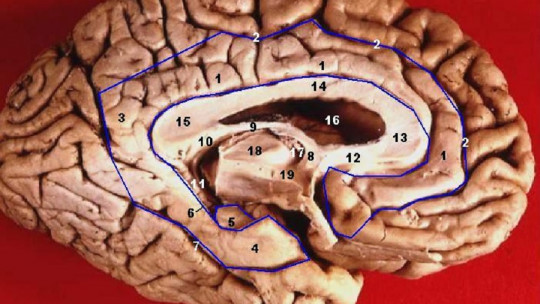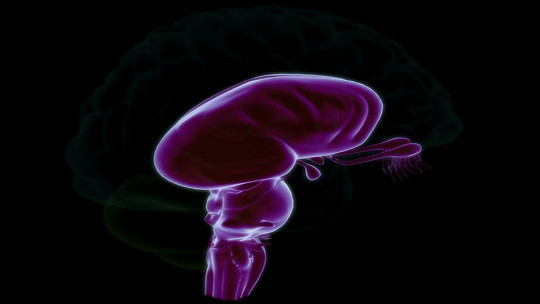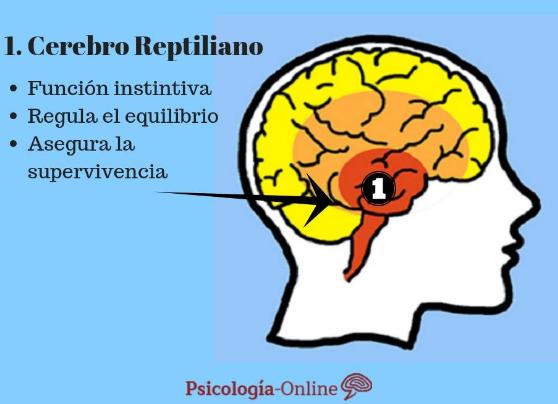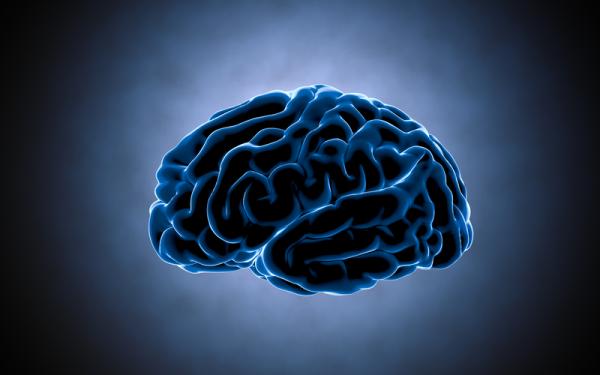MacLean’s triune brain theory proposes that the human species throughout evolution has been changing in terms of its brain morphology, but instead of seeing it as a process of global and unified change, it describes it as a process in which new and independent brain structures emerged. brain that each operate with their own individual characteristics.
In this article we will review what exactly Paul MacLean’s triune brain theory is, and we will see why it is not valid for the scientific community.
What is MacLean’s triune brain theory?
According to MacLean, in his book The Triune Brain in Evolution, Our current brain is the sum of a layer superposition process which appeared consistently over the millennia and were accommodated one on top of the other, but without the previous ones ceasing to exist.
Thus, MacLean’s triune brain theory states that each of these structures has its own individual logic of functioning, and very different from that of the other layers, taking into account that the upper layers are the most evolved.
Let’s see below what these layers are according to the theory of the triune brain.
1. The reptilian brain
This would be the first of the three layers that exist in our brain, and represents the most basic instincts of the human species; hunger, sexual reproduction, sleep, survival instinct and fight.
This brain would be composed of the first structures to appear, which are the basal ganglia, the brainstem and the cerebellum. All these structures They are located in the lower part of our brain
Supporters of this theory claim that the reptilian brain contains a large amount of information in its individual memory; This information would be made up of ancestral rites and esoteric beliefs without any type of scientific foundation.
2. The limbic system
This second structure, or second brain, according to the theory, would be the one in charge of all the sensations we experience when we do some activity For example, when we eat something we really like, when we have sex with a person we like, or when we delight in a beautiful landscape.
These emotions are in charge of the limbic system, which supposedly, according to the theory of the triune brain, is the next structure of the nervous system to evolve after the appearance of the reptilian brain.
This layer is composed of the cerebral amygdala, septum, hypothalamus, cingulate cortex, and hippocampus.
3. The neocortex
This layer is the most recent in terms of human evolution, it is also known as the modern brain. It is exclusive to mammals.
The neocortex It is responsible for everything related to abstract thinking, logical and rational thinking apart from the complex communicative processes that we use to communicate in modern society.
It is made up of the cerebral cortex, which is made up of gray matter, where there are a large number of neurons that are in a constant process of connecting with each other.
Considerations about the theory
Taking into account what we have seen so far, it can be said that MacLean’s triune brain theory assumes that our current brain is nothing more than a sum process between individual layers that appeared in our species, making us increasingly rational
Each of these layers, as we already saw, has its own characteristics; Even though the functions of one have to do with the functions of another structure, they operate autonomously. That is, neither layer has control over the other, but they could, for example, make the subject aware of their desires and in this way make them channel them appropriately.
This theory has not been well received in the world of the scientific community, and the majority of specialists in the field of neuroscience have expressed their disapproval of this postulate. Let’s see why.
What does science say?
For neuroscience experts, the triune brain theory It has too many inconsistencies in its approaches to be considered valid
It is now known that the specific functions that this theory grants to the aforementioned structures are not specifically those of the most evolved vertebrates, that is, that similar behaviors also occur in other species.
For example, birds, without needing to have the limbic system, have a great protective instinct towards their offspring, which is a characteristic attributed to the second brain (limbic system) according to MacLean’s theory.
In addition, there are intelligent mollusks such as octopuses, whose brains have nothing to do with that of vertebrates, capable of social behavior and adjusted to rationality.
More recent discoveries also debunk the theory that the neocortex emerged as the last stage in the evolution of the modern mammal. Today it is known that the first signs of gray matter in the upper areas of the brain were found in primitive mammals
That is, these structures did not appear in an ascending order as proposed by the author of the theory of the triune brain, but rather they were all already existing in the same brain, which evolved in a general way, and not part by part.
Furthermore, the way evolution works is not an accumulation of traits that do not influence each other. That is to say, the changes that occur due to mutations that result in good features in the structure of the brain do not occur individually, but rather in interaction with the rest, so that a part that previously specialized in certain mental processes can begin to take charge. from others if another new set of nerve cells appears.


